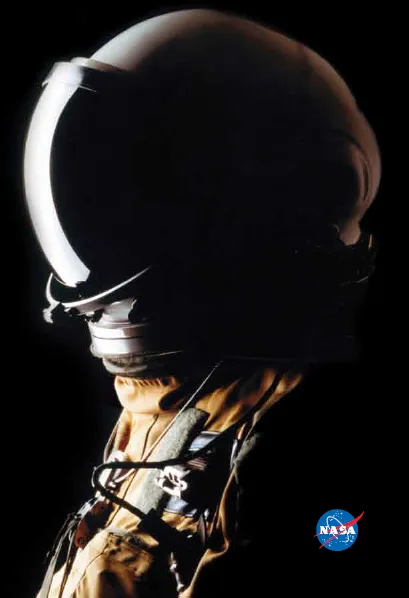
Dressing for altitude
U.S. Aviation Pressure Suits—Wiley Post to Space Shuttle Download PDF

At CFHelmets, we are committed to delivering cutting-edge, custom-designed helmets for pilots. With a strong foundation in expertise, innovation, and trust, We craft aviation helmets that prioritize both safety and performance. Our team of specialists combines advanced engineering and premium materials to ensure pilots experience unparalleled comfort and protection at high altitudes.


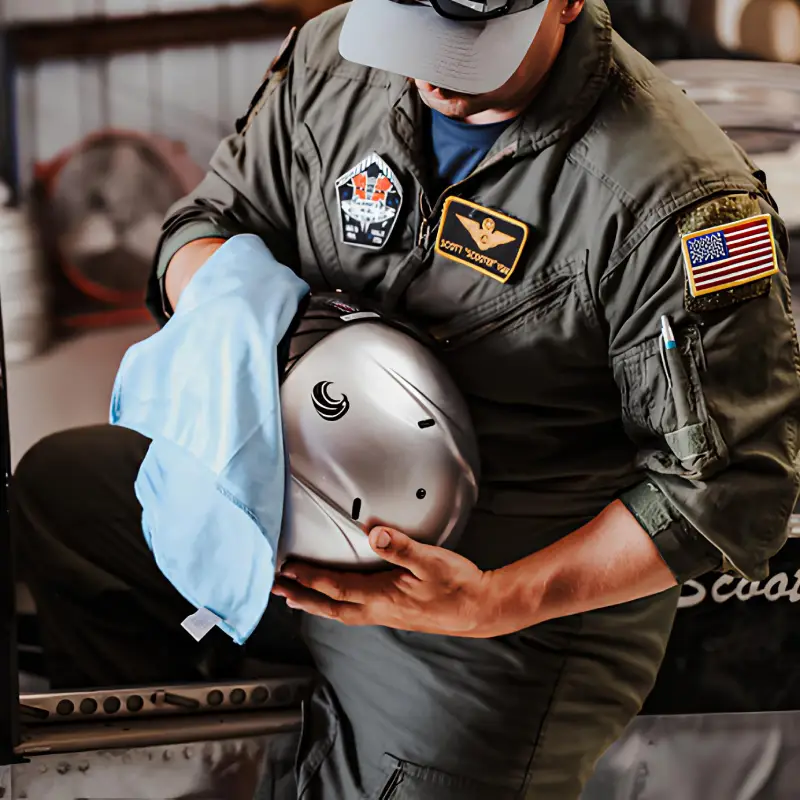


At CFHelmets, every helmet is crafted with precision engineering to ensure maximum safety, comfort, and performance for jet pilots. Our capabilities includes:
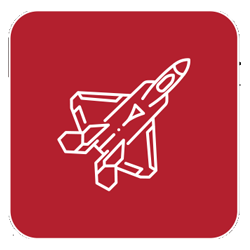
Adaptive design, limitless possibilities.

Precision-crafted with cutting-edge 3D printing technology.
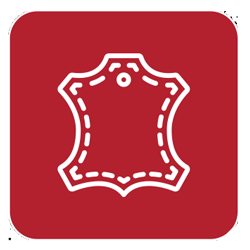
From concept to reality with precise prototype development.
We are at the forefront of aviation helmet innovation, constantly exploring new technologies to improve pilot safety and communication. Our helmet testing to international standards.

Uncompromising standards, excellence in every detail.

Expertly crafted for unmatched quality and durability

Built for precision, tested for ultimate protection and reliability.
Engineered for performance, built for protection. The HORUS Flight Helmet combines a lightweight Carbon Kevlar shell with a modular design that supports mission-specific upgrades.
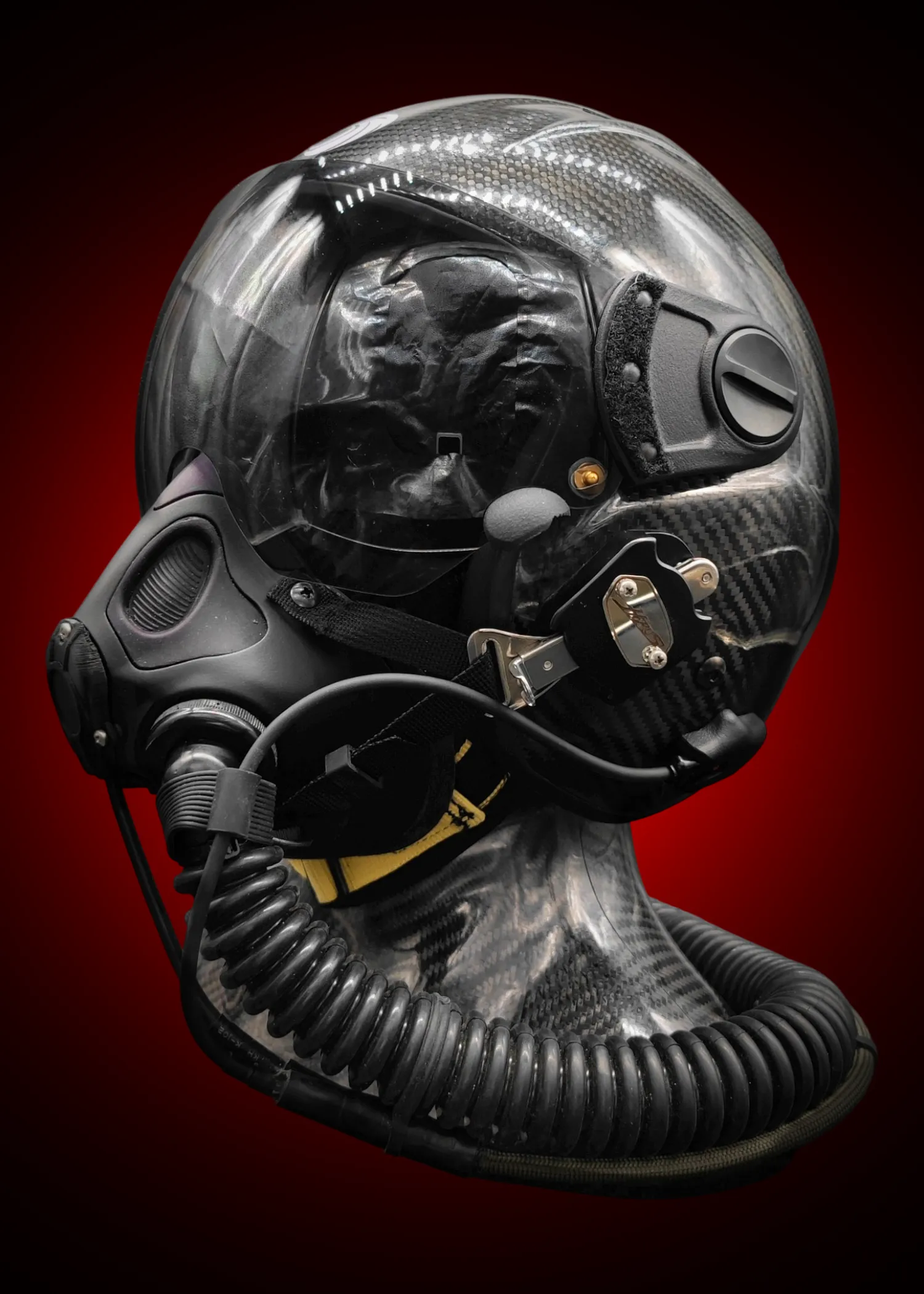
Horus HH-77/FW
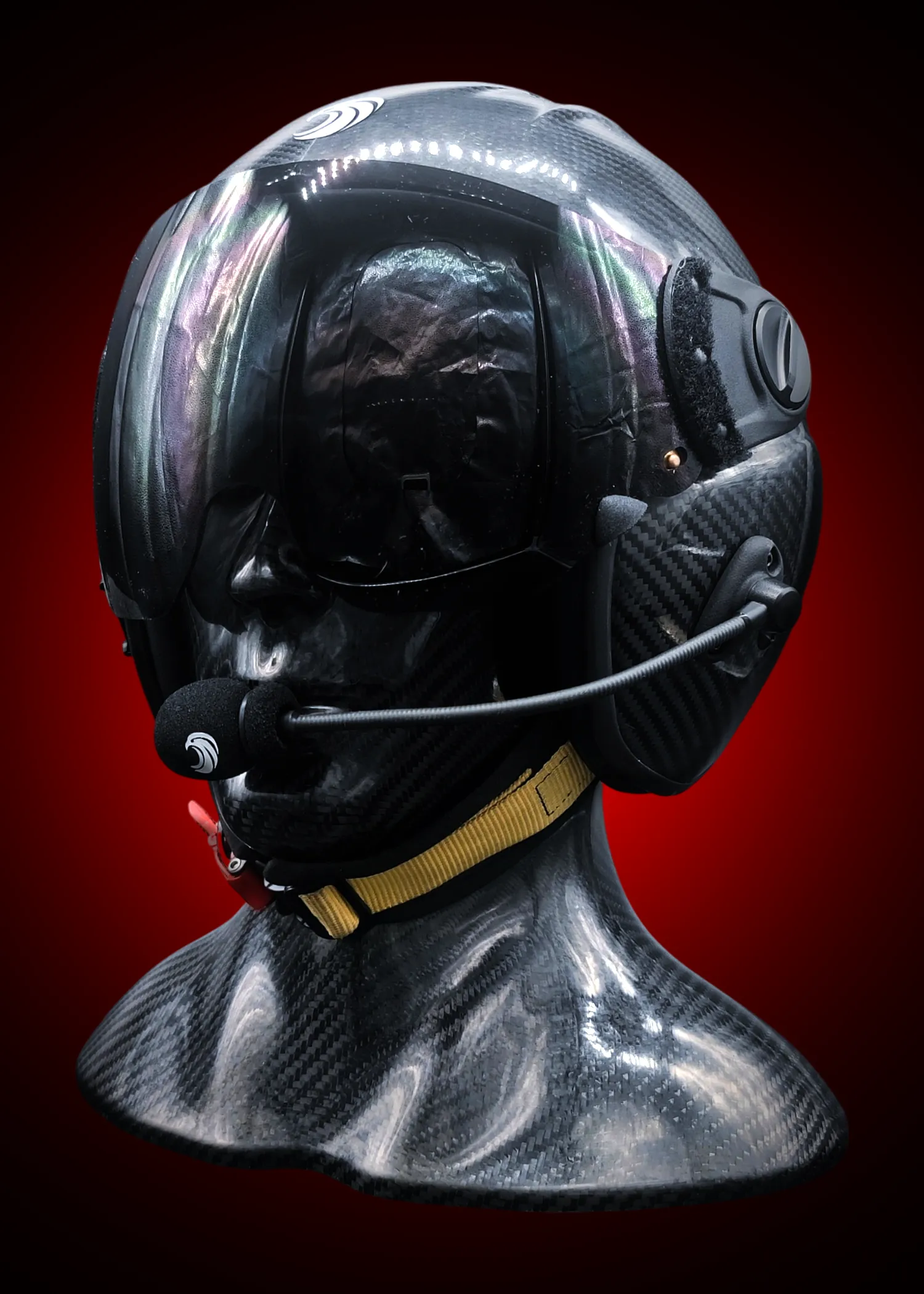
Horus HH-77/XT
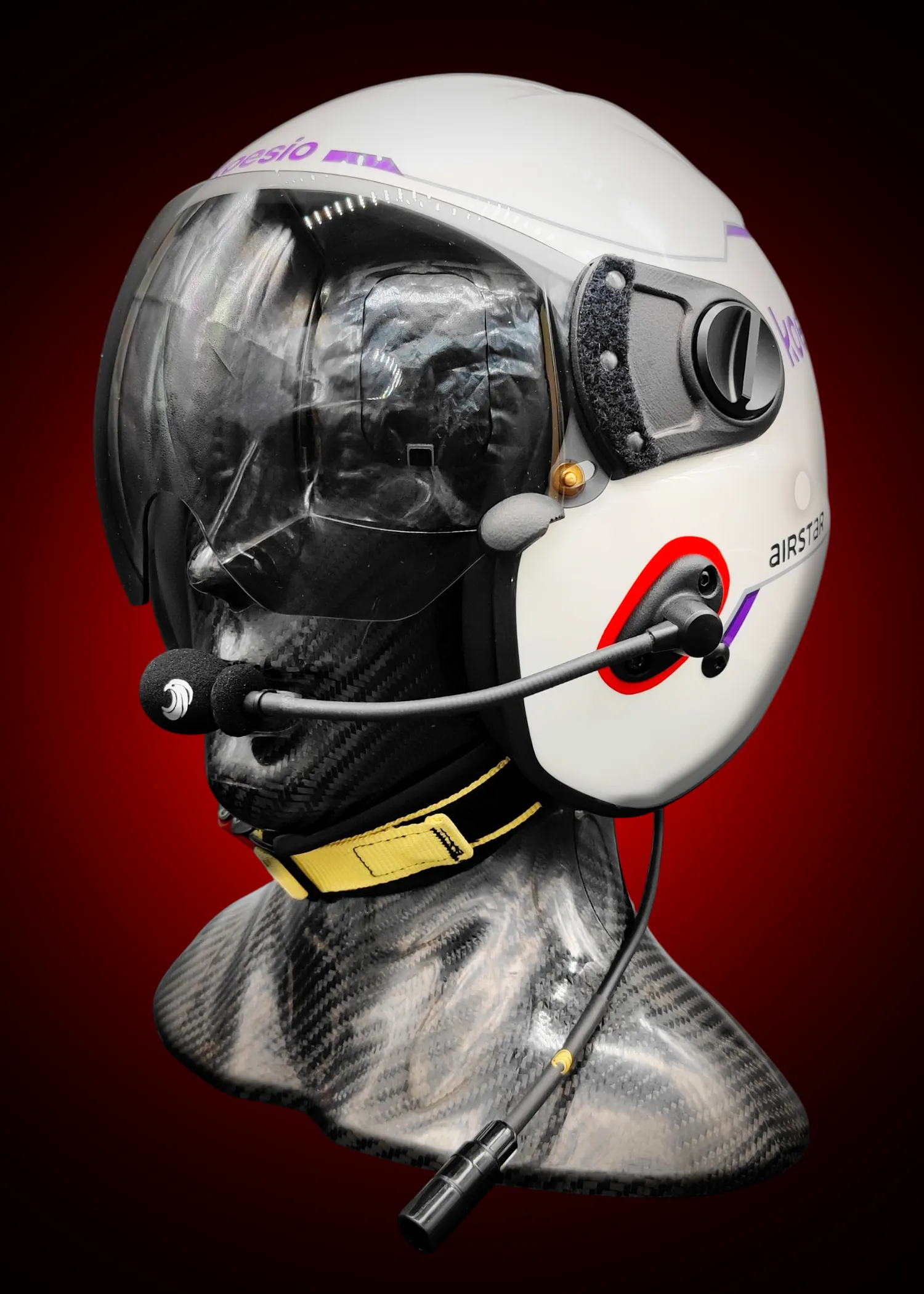
Horus HH-77/RT
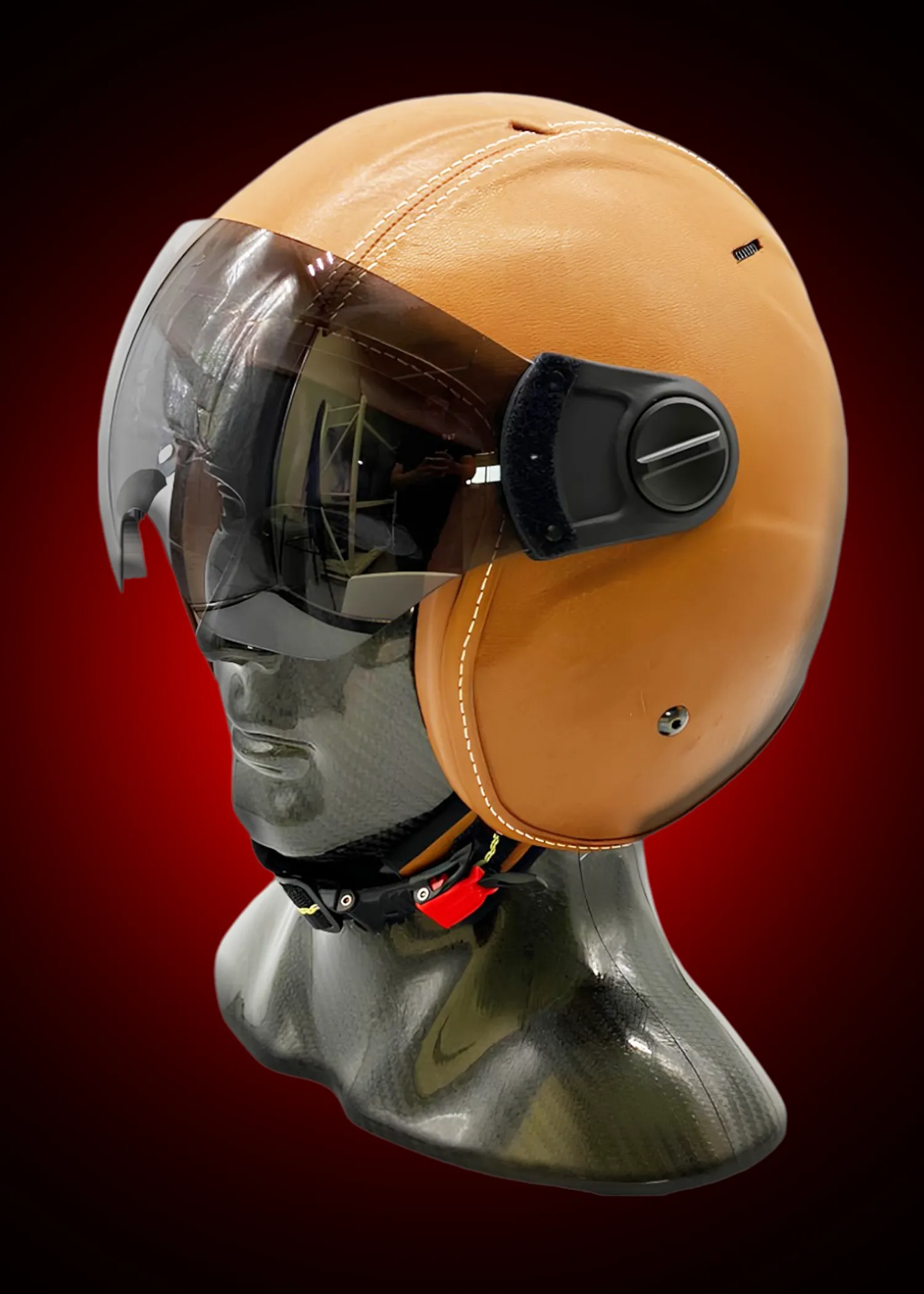
Horus HH-77 VINTAGE


Trusted by pilots worldwide to securely store flight helmets, headsets, and essential personal aviation gear.
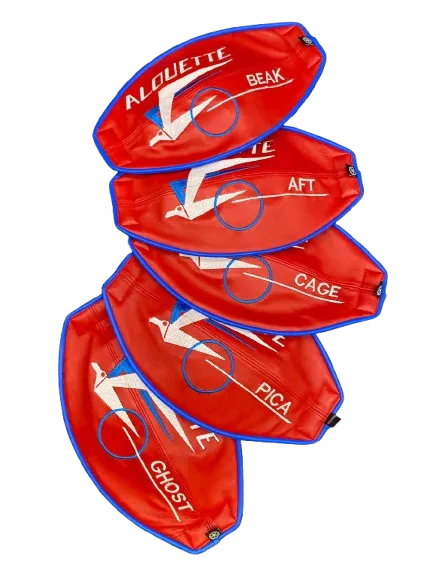

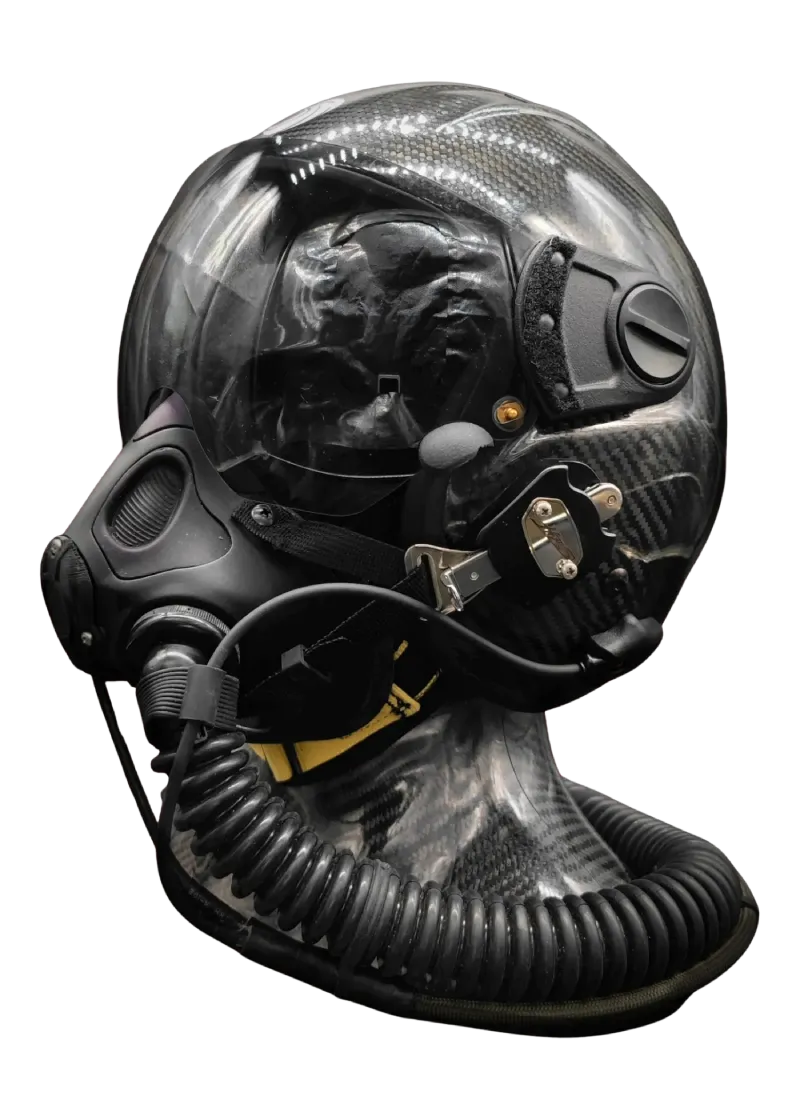
We provide a comprehensive range of customization services and accessories tailored specifically for our Horus professional flight helmets.
We provide a comprehensive range of customization services and accessories tailored specifically for our Horus professional flight helmets.
We can repair all kinds of flight helmets using the original spare for current or old flight helmets. We will evaluate the flight helmet condition, prepare a proposal for the repair, suggest the best way to proceed, and have your flight helmet safe and sound again in a short time.
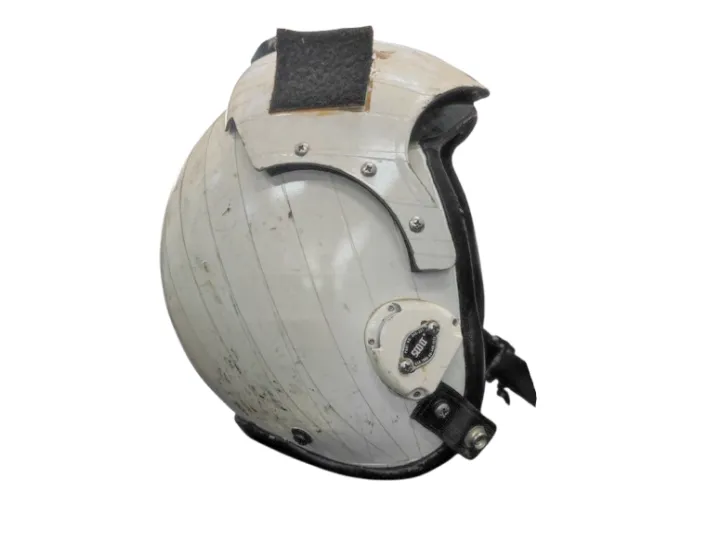
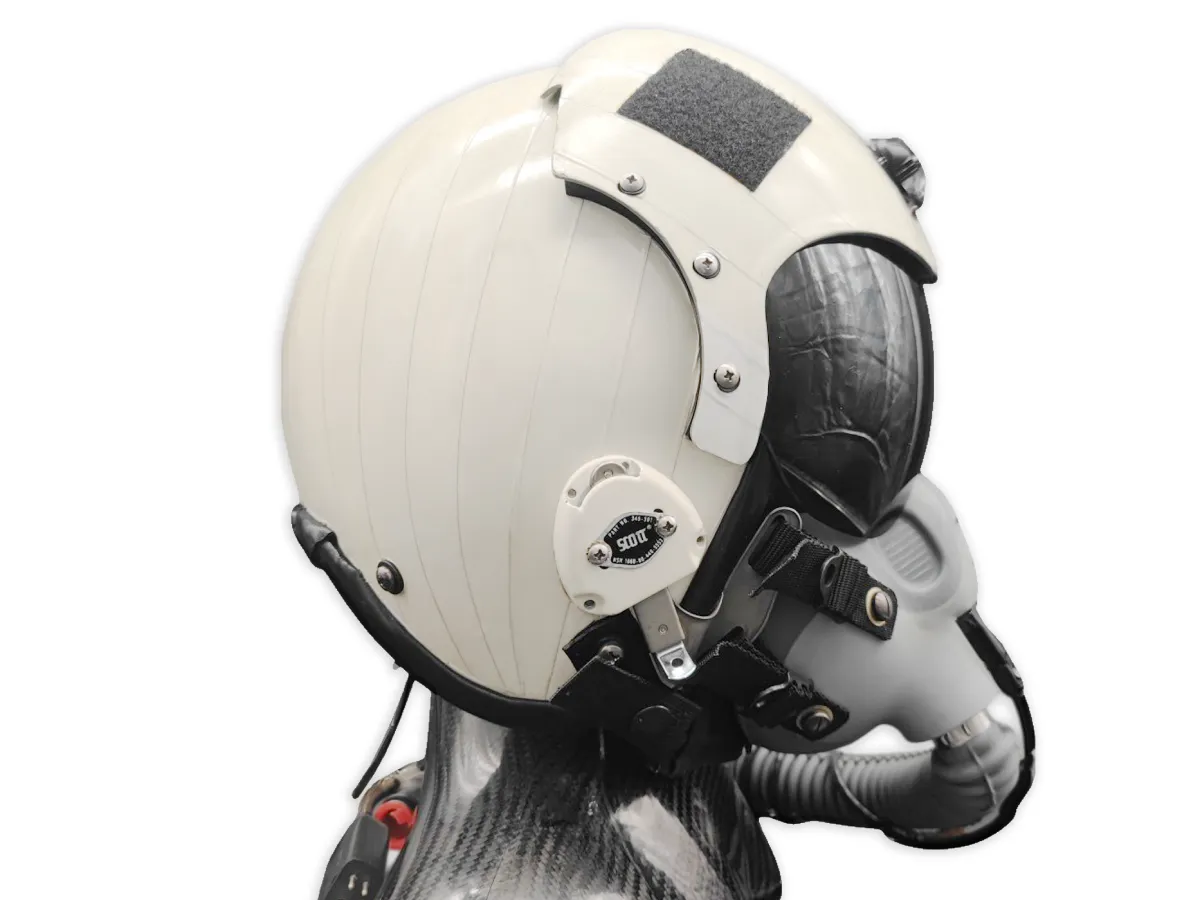
We can repair all kinds of flight helmets using the original spare for current or old flight helmets. We will evaluate the flight helmet condition, prepare a proposal for the repair, suggest the best way to proceed, and have your flight helmet safe and sound again in a short time.


Trusted by pilots worldwide to securely store flight helmets, headsets, and essential personal aviation gear.

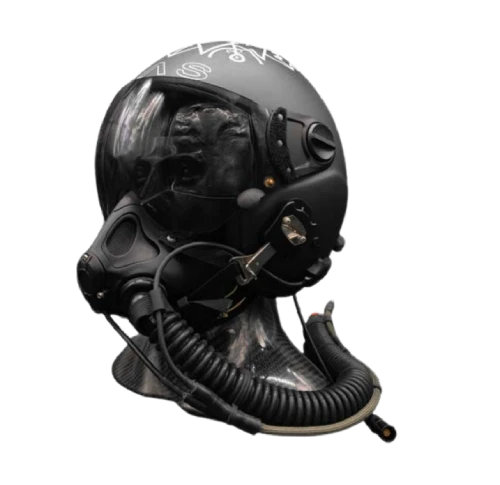
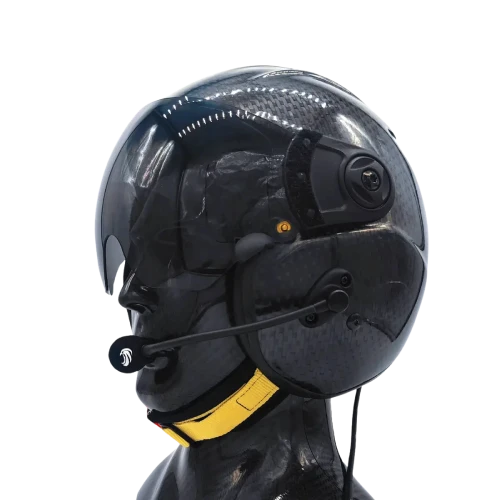


U.S. Aviation Pressure Suits—Wiley Post to Space Shuttle Download PDF
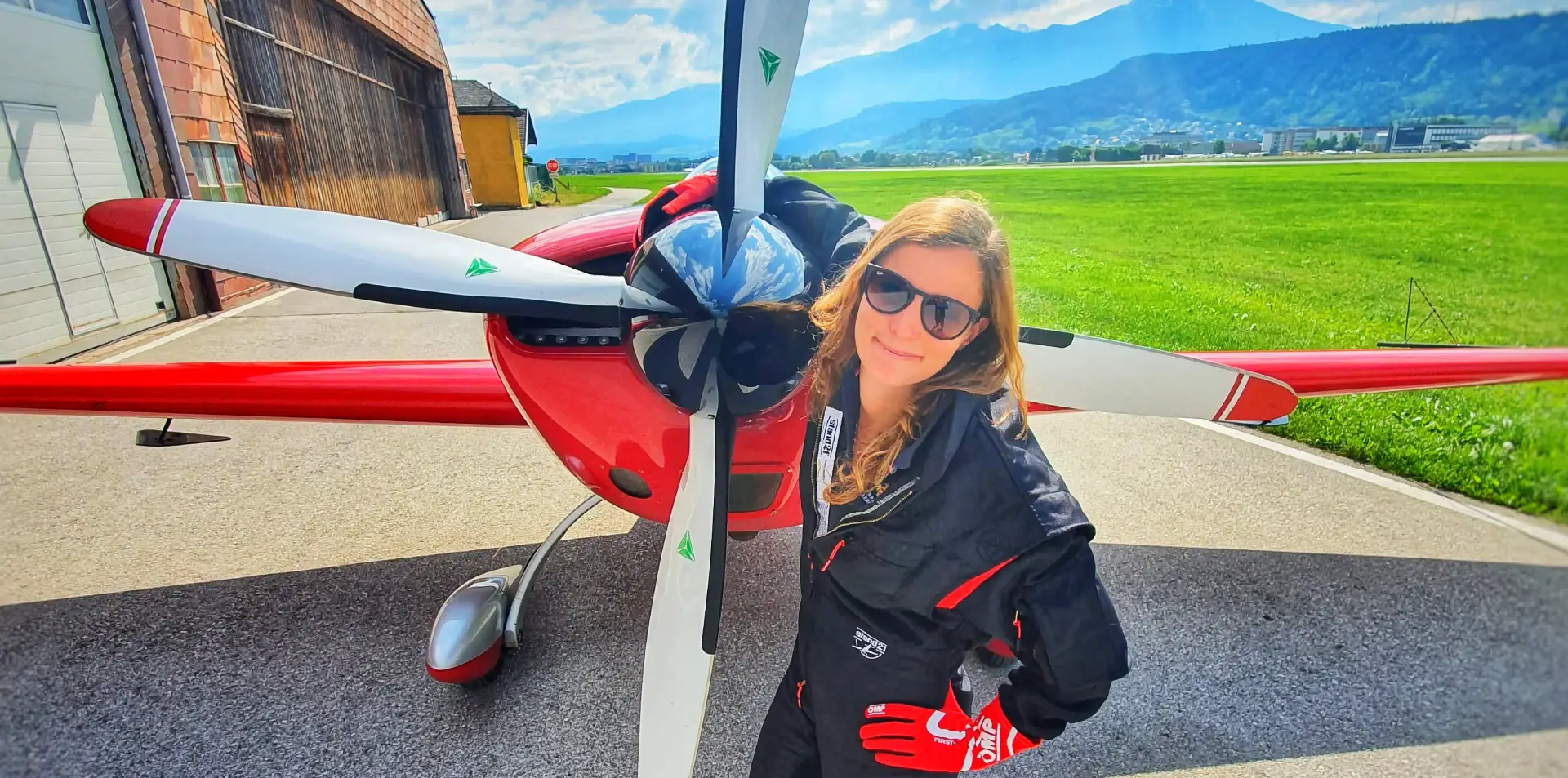
Who Elisa Bretterebner? A brief biography to introduce yourself to. I’m a female aerobatic pilot from Aigen im Ennstal, Austria.
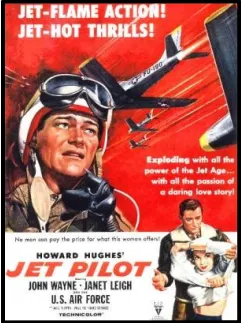
A HISTORY IN TWO PARTS: Part I: A general guide for collectors, and Part II: A history of US Air
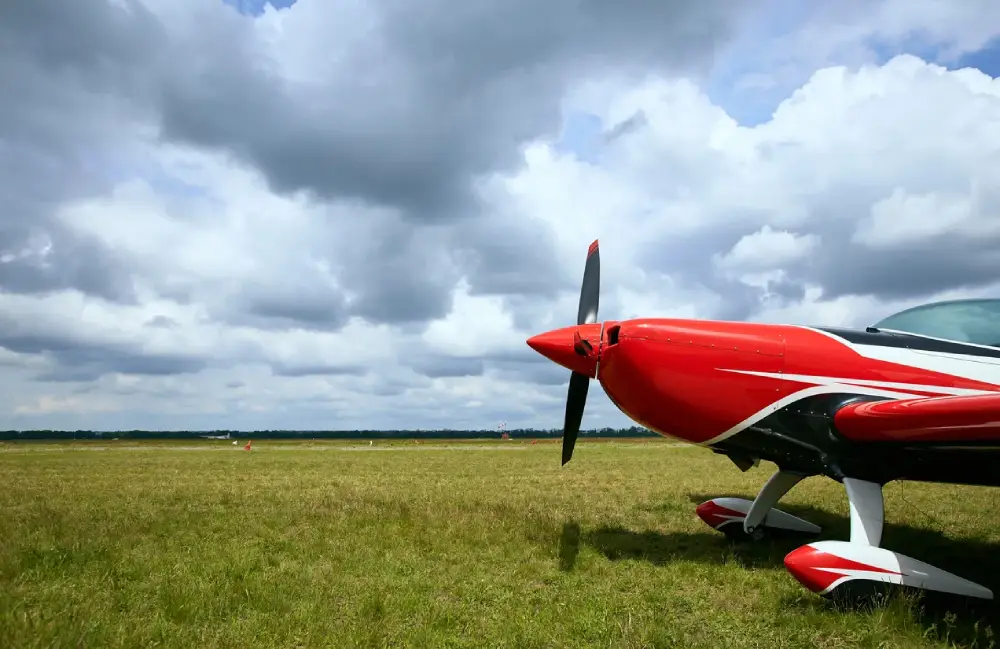
Due to the COVID-19 pandemic, the Global Show for General Aviation will be unable to start as planned on April



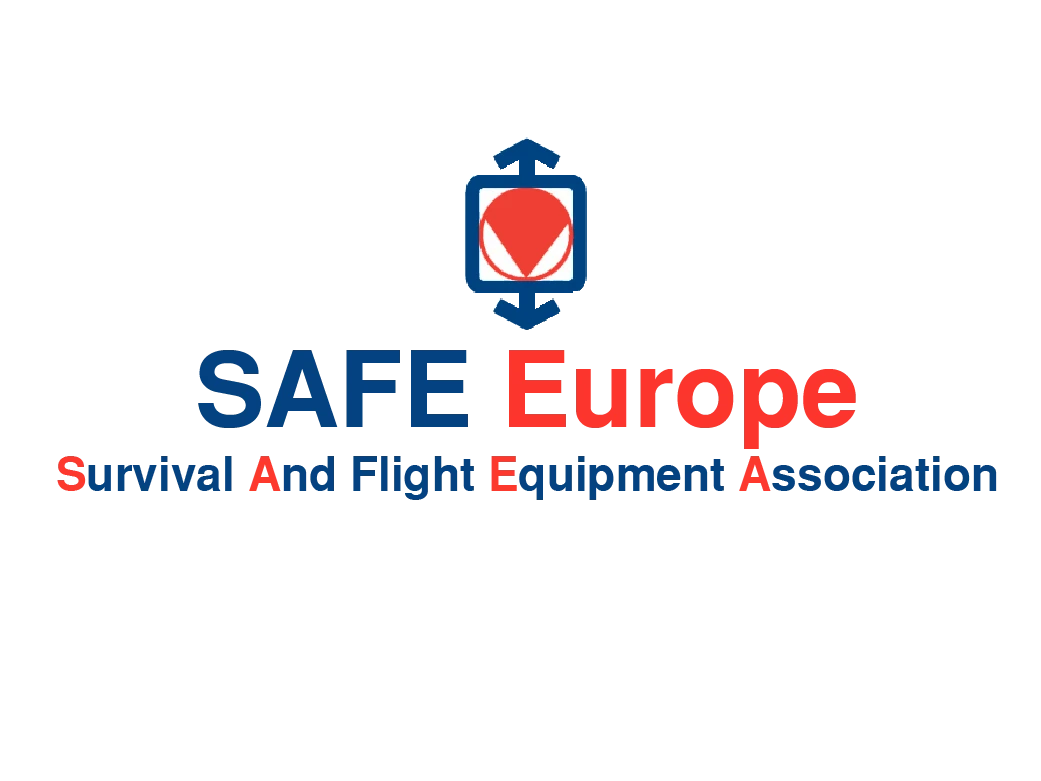
Gear showcases, customer features, and more—live in our feed.

@ cfhelmets . Jan 17

Closing the week with the new #cfhelmets product catalogue.
Flight helmet & accessories by @custom_flight_helmets
#flighthelmet #helmets #flightequipment #aviationgeek #pilotlife #aerobatic #airshow #hgu68 #customflightvisors #flightvisor #customflightvisor #helmpilot #pilothelmet #carbonfiber #customhelmet #customflighthelmet #helmetrepair #flighthelmetairbrush #custompaint #flighthelmets #horushelmet #protectyourhead #hgu55 #horushelmet
...

@ cfhelmets . Apr 11

@custom_flight_helmets sometime is like coming back to the origins where it all started.
Full glossy carbon fiber helmet with custom details and comm setup really for endless hours of aerobatic fun.
Flight helmet & accessories by @custom_flight_helmets
#flighthelmet #helmets #flightequipment #aviationgeek #pilotlife #aerobatic #airshow #hgu68 #customflightvisors #flightvisor #customflightvisor #helmpilot #pilothelmet #carbonfiber #customhelmet #customflighthelmet #helmetrepair #flighthelmetairbrush #custompaint #flighthelmets #horushelmet #protectyourhead #hgu55 #horushelmet
...

@ cfhelmets . Apr 7

@horus_flight_helmet_system ready for #bushflying in the #unitedstates 🇺🇲
Flight helmet by @horus_flight_helmet_system
Graphic and accessories by @custom_flight_helmets
#flighthelmet #helmets #flightequipment #aviationgeek #pilotlife #aerobatic #airshow #hgu68 #uae #xdubai bai #customflightvisors #flightvisor #customflightvisor #helmpilot #pilothelmet #carbonfiber #customhelmet #customflighthelmet #helmetrepair #flighthelmetairbrush #custompaint #flighthelmets #horushelmet #protectyourhead #hgu55 #horushelmet
...

@ cfhelmets . Feb 6

@custom_flight_helmets full restoration for a former #usnavy pilot.
#aviation #aerobatics #protectyourhead #wearanhelmet #horushelmet #customflighthelmets #flighthelmet #customflightvisors #extrang #aerobaticairplane #extra300 #custompaint #custommade #cfhelmets #flighthelmet #helmets #flightequipment #aviationgeek #pilotlife #aerobatic #airshow #hgu68 #customflightvisors #flightvisor #customflightvisor #helmpilot #pilothelmet
...

@ cfhelmets . Feb 4

@custom_flight_helmets full helmet restoration for a former US Navy pilot
#aviation #aerobatics #protectyourhead #wearanhelmet #horushelmet #customflighthelmets #flighthelmet #customflightvisors #extrang #aerobaticairplane #extra300 #custompaint #custommade #cfhelmets #flighthelmet #helmets #flightequipment #aviationgeek #pilotlife #aerobatic #airshow #hgu68 #customflightvisors #flightvisor #customflightvisor #helmpilot #pilothelmet #hgu55
...

@ cfhelmets . Feb 2

@custom_flight_helmets full restoration for a former #usnavy pilot.
#aviation #aerobatics #protectyourhead #wearanhelmet #horushelmet #customflighthelmets #flighthelmet #customflightvisors #extrang #aerobaticairplane #extra300 #custompaint #custommade #cfhelmets #flighthelmet #helmets #flightequipment #aviationgeek #pilotlife #aerobatic #airshow #hgu68 #customflightvisors #flightvisor #customflightvisor #helmpilot #pilothelmet
...

@ cfhelmets . Jan 31

@custom_flight_helmets Blue Zeiss #hgu55 visor flying on Aeronautica Militare #amxghibli
#aviation #aerobatics #protectyourhead #wearanhelmet #horushelmet #customflighthelmets #flighthelmet #customflightvisors #extrang #aerobaticairplane #extra300 #custompaint #custommade #cfhelmets #flighthelmet #helmets #flightequipment #aviationgeek #pilotlife #aerobatic #airshow #hgu68 #customflightvisors #flightvisor #customflightvisor #helmpilot #pilothelmet #aeronauticamilitareitaliana
...

@ cfhelmets . Jan 28

@custom_flight_helmets deep green #hgu55 visor flying #aviacionagricola in South America.
#aviation #aerobatics #protectyourhead #wearanhelmet #horushelmet #customflighthelmets #flighthelmet #customflightvisors #extrang #aerobaticairplane #extra300 #custompaint #custommade #cfhelmets #flighthelmet #helmets #flightequipment #aviationgeek #pilotlife #aerobatic #airshow #hgu68 #customflightvisors #flightvisor #customflightvisor #helmpilot #pilothelmet
...

@ cfhelmets . Jan 26

@custom_flight_helmets blue Zeiss #HGU-55 visor on #m346 trainer at #61stormo Lecce Galatina.
Graphic design & accessories @custom_flight_helmets
#aviation #aerobatics #protectyourhead #wearanhelmet #horushelmet #customflighthelmets #flighthelmet #customflightvisors #extrang #aerobaticairplane #custompaint #custommade #cfhelmets flighthelmet #helmets #flightequipment #aviationgeek #pilotlife #aerobatic #airshow #hgu68 #customflightvisors #flightvisor #customflightvisor #helmpilot #pilothelmet
...

@ cfhelmets . Jan 24

@custom_flight_helmets complete #hgu55 refurbishment with custom leather details and accessories to be presented to the @royal_saudi_air_force_2030
Graphic design & accessories @custom_flight_helmets
#aviation #aerobatics #protectyourhead #wearanhelmet #horushelmet #customflighthelmets #flighthelmet #customflightvisors #extrang #aerobaticairplane #extra300 #custompaint #custommade #cfhelmets flighthelmet #helmets #flightequipment #aviationgeek #pilotlife #aerobatic #airshow #hgu68 #customflightvisors #flightvisor #customflightvisor #helmpilot #pilothelmet
...

@ cfhelmets . Jan 22

@custom_flight_helmets complete #hgu55 refurbishment with custom leather details and accessories to be presented to the @royal_saudi_air_force_2030
Graphic design & accessories @custom_flight_helmets
#aviation #aerobatics #protectyourhead #wearanhelmet #horushelmet #customflighthelmets #flighthelmet #customflightvisors #extrang #aerobaticairplane #extra300 #custompaint #custommade #cfhelmets flighthelmet #helmets #flightequipment #aviationgeek #pilotlife #aerobatic #airshow #hgu68 #customflightvisors #flightvisor #customflightvisor #helmpilot #pilothelmet
...

@ cfhelmets . Jan 20

@custom_flight_helmets complete #hgu55 refurbishment with custom leather details and accessories to be presented to the @royal_saudi_air_force_2030
Graphic design & accessories @custom_flight_helmets
#aviation #aerobatics #protectyourhead #wearanhelmet #horushelmet #customflighthelmets #flighthelmet #customflightvisors #extrang #aerobaticairplane #extra300 #custompaint #custommade #cfhelmets flighthelmet #helmets #flightequipment #aviationgeek #pilotlife #aerobatic #airshow #hgu68 #customflightvisors #flightvisor #customflightvisor #helmpilot #pilothelmet
...

@ cfhelmets . Jan 14

Custom made @horus_flight_helmet_system project ready for endless fun aerobatic flights over #australian🇦🇺 sky ✈️
Flight helmet by @horus_flight_helmet_system
Graphic design & accessories @custom_flight_helmets
Graphic concept by @tianacreative
#aviation #aerobatics #protectyourhead #wearanhelmet #horushelmet #customflighthelmets #flighthelmet #customflightvisors #extrang #aerobaticairplane #extra300 #custompaint #custommade #cfhelmets flighthelmet #helmets #flightequipment #aviationgeek #pilotlife #aerobatic #airshow #hgu68 #customflightvisors #flightvisor #customflightvisor #helmpilot #pilothelmet
...

@ cfhelmets . Jan 12

Challenging and rewarding #custommade paintwork @horus_flight_helmet_system project ready for endless fun aerobatic flights over #australian🇦🇺 sky ✈️
Flight helmet by @horus_flight_helmet_system
Graphic design & accessories @custom_flight_helmets
Graphic concept by @tianacreative
#aviation #aerobatics #protectyourhead #wearanhelmet #horushelmet #customflighthelmets #flighthelmet #customflightvisors #extrang #aerobaticairplane #extra300 #custompaint #custommade #cfhelmets flighthelmet #helmets #flightequipment #aviationgeek #pilotlife #aerobatic #airshow #hgu68 #customflightvisors #flightvisor #customflightvisor #helmpilot #pilothelmet
...

@ cfhelmets . Jan 11

Challenging and rewarding #custommade paintwork @horus_flight_helmet_system project ready for endless fun aerobatic flights over #australian🇦🇺 sky ✈️
Flight helmet by @horus_flight_helmet_system
Graphic design & accessories @custom_flight_helmets
Graphic concept by @tianacreative
#aviation #aerobatics #protectyourhead #wearanhelmet #horushelmet #customflighthelmets #flighthelmet #customflightvisors #extrang #aerobaticairplane #extra300 #custompaint #custommade #cfhelmets #
...

@ cfhelmets . Jan 10

Challenging and rewarding #custommade paintwork @horus_flight_helmet_system ready for endless fun aerobatic flights over #australian🇦🇺 sky ✈️
Flight helmet by @horus_flight_helmet_system
Graphic design & accessories @custom_flight_helmets
Graphic concept by @tianacreative
#aviation #aerobatics #protectyourhead #wearanhelmet #horushelmet #customflighthelmets #flighthelmet #customflightvisors #extrang #aerobaticairplane #extra300 #custompaint #custommade #cfhelmets
...

@ cfhelmets . Jan 9

Ready to fly T-38 in the #unitedstatesofamerica 🇺🇲
visor cover by @custom_flight_helmets
#aviation #aerobatics #airshow #protectyourhead #wearanhelmet #horushelmet #customflighthelmets #flighthelmet #stealthfighter #hgu55 #hgu68 #visorcover #flightgear #customflightvisors #t38talon #sheppardairforcebase
...

@ cfhelmets . Jan 7

Challenging and rewarding #custommade paintwork @horus_flight_helmet_system ready for endless fun aerobatic flights over #australian🇦🇺 sky ✈️
Flight helmet by @horus_flight_helmet_system
Graphic design & accessories @custom_flight_helmets
Graphic concept by @tianacreative
#aviation #aerobatics #protectyourhead #wearanhelmet #horushelmet #customflighthelmets #flighthelmet #customflightvisors #extrang #aerobaticairplane #extra300 #custompaint #custommade #cfhelmets
...

@ cfhelmets . Jan 5

@horus_flight_helmet_system ready for endless fun aerobatic flights over #australian🇦🇺 sky ✈️
Flight helmet by @horus_flight_helmet_system
Graphic design & accessories @custom_flight_helmets
#aviation #aerobatics #protectyourhead #wearanhelmet #horushelmet #customflighthelmets #flighthelmet #customflightvisors #extrang #aerobaticairplane #extra300 #custompaint
...

@ cfhelmets . Oct 14

@custom_flight_helmets graphic to support #horushelmet & #koesio to achieve the Airship world speed record in #france🇫🇷
Graphic design by @custom_flight_helmets
Flight helmet by @horus_flight_helmet_system
#aviation #aerobatics #airshow #protectyourhead #wearanhelmet #horushelmet #customflighthelmets #flighthelmet
...